The Ki-map is organised in 11 different sections:
- Student’s residences
- Breakfast cafes
- Second hand shops
- Outdoor gathering places
- Kieler Woche
- Live music
- Photo spots
- Unused spaces
- Bunkers
- Universities
- Public transport routes
Once opened, the maps displays only the first two sections.
You can hide or switch on sections with the “eye” (👁️) sign.
This map is created by students for students. The concept is to provide information that, elsewhere, would not be easy to find. The purpose is not copying and pasting information from other websites. The knowledge, contained in the map, comes directly from the people living the pinpointed places. The final purpose is to give students a tool that facilitate their everyday life.
The Ki-Map is in constant updating. Categories (for students) that will be added are:
- Vegan markets and shops
- Fablabs
- Cheap bars
- Sports clubs
- Bicycle shops and workshops
- Copy shops
- Skate parks or inline skating routes
- Music shops
- Artisans
The common underlying fact that must be present in these places is that they have to be strictly connected with students’ life. What would a student like to know or find in Kiel? For example, many need to know where IKEA is. But is not necessary to add IKEA to the Ki-Map because:
- It is well advertised, in Kiel.
- Asking to a passersby, he/she will be able to explain how to reach your destination.
- It can be found on Google Maps with an easy research.
If one, or more, of these three points belong to a place, then it should not be present on the Ki-Map.
Ki-Map:
#Ki-Map articles:
Here the articles are not connected by themes but by the fact that they talk about real places of interest in the Kiel area. The places these articles are talking about, can be found on the map as well.
![FHews – [ fju:s]](http://fhews.de/wp-content/uploads/2015/05/fhews_logo2_3B8ACC.jpg)
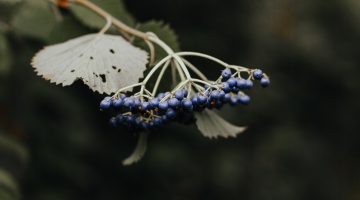
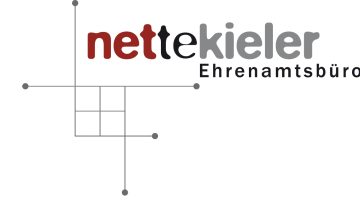
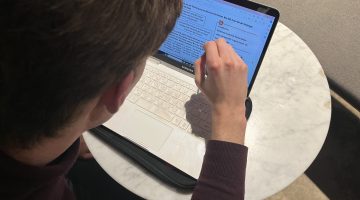

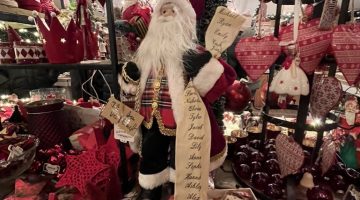
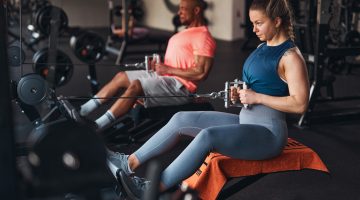
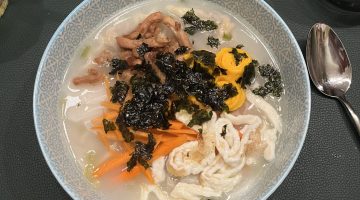
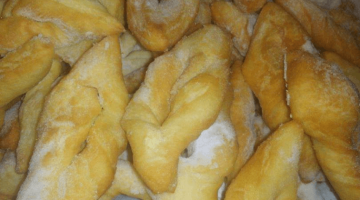
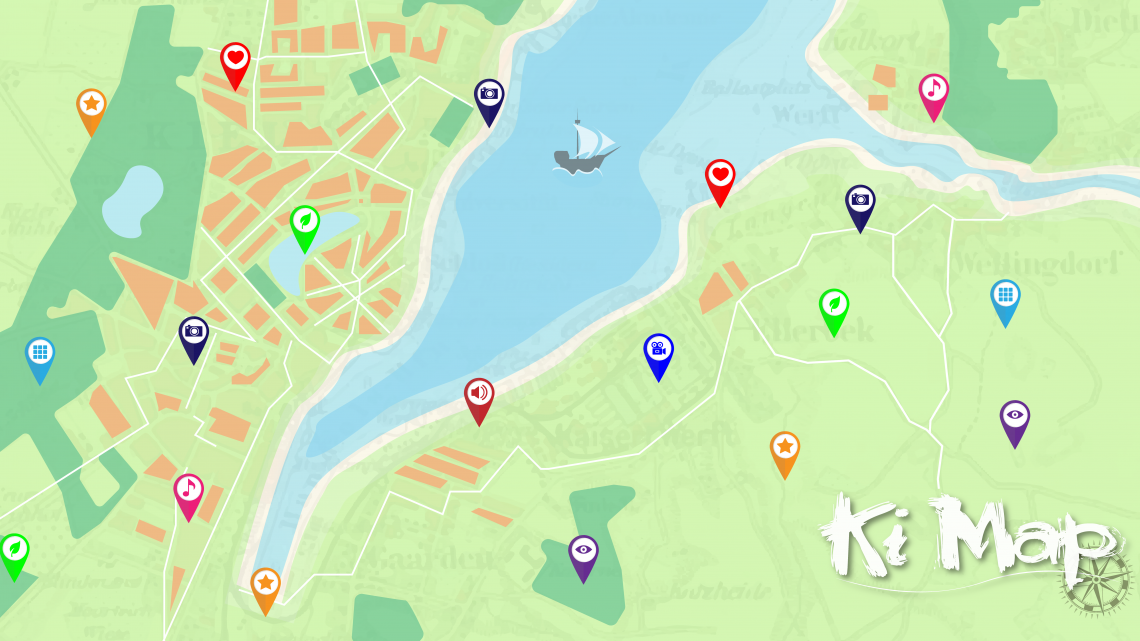
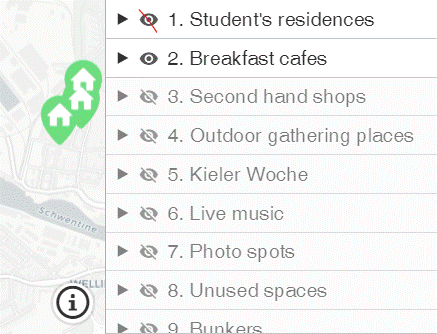
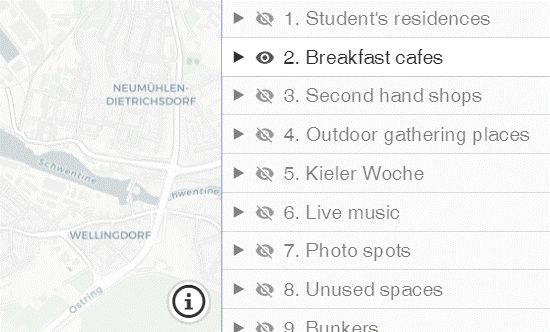
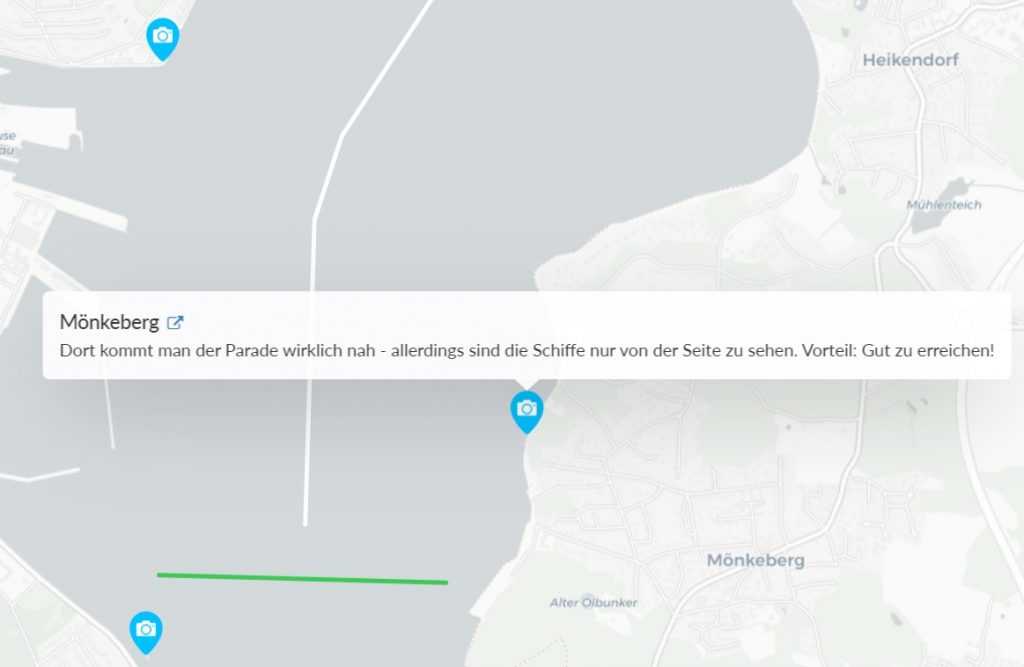
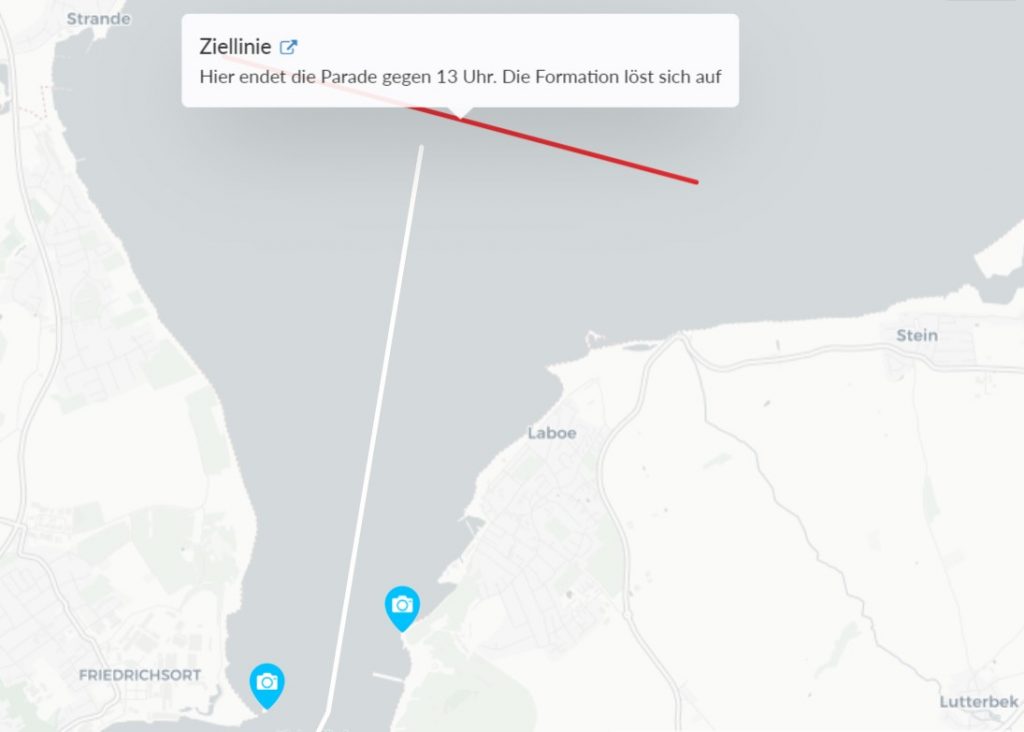

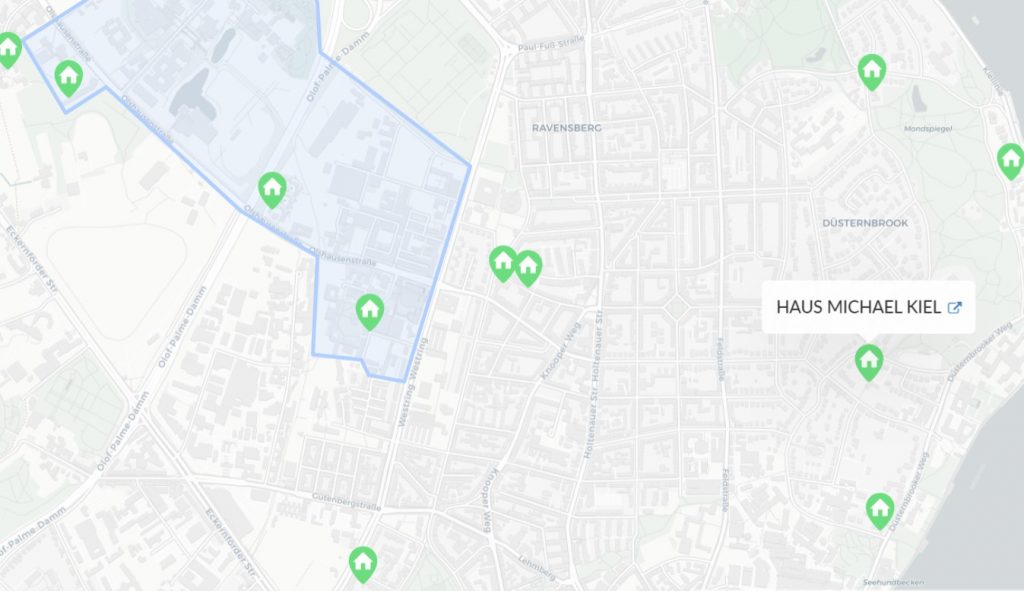
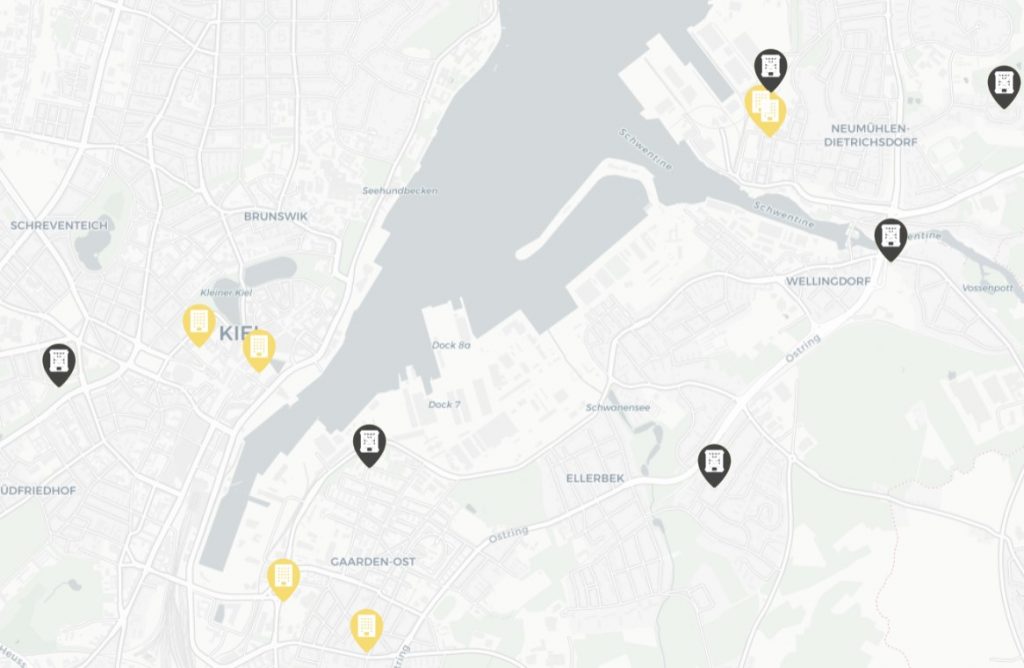
No Comment